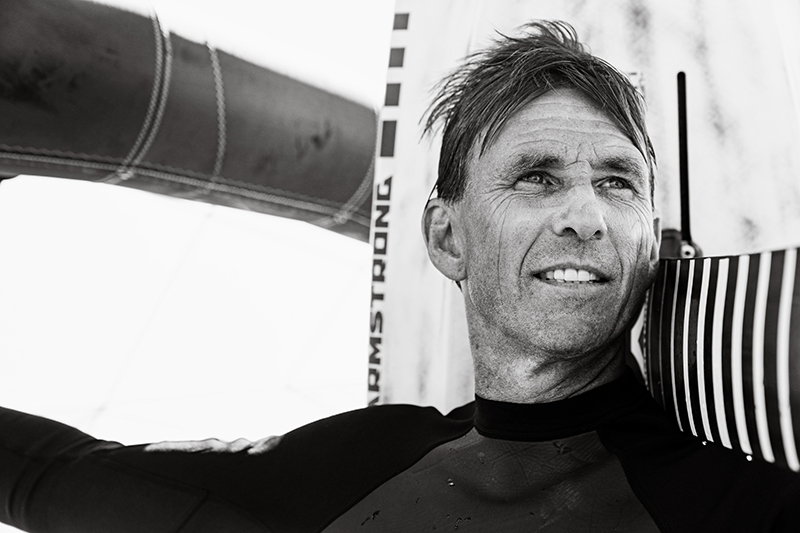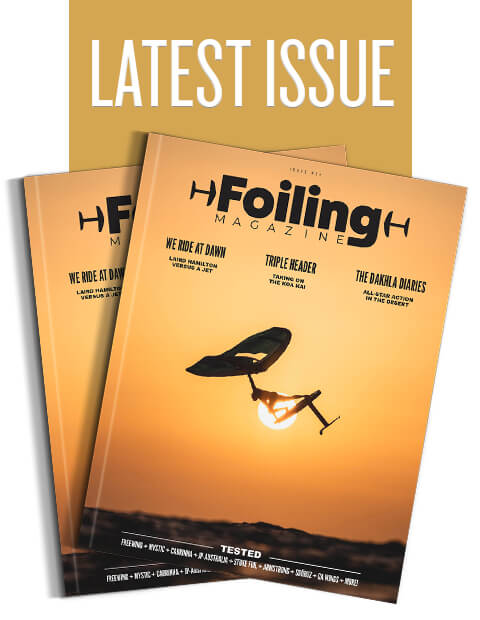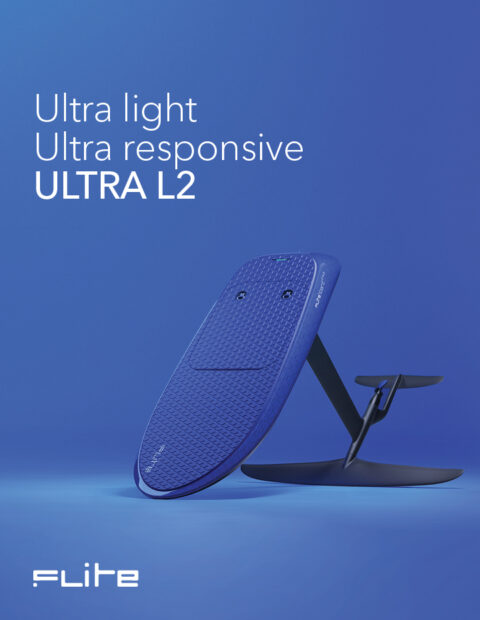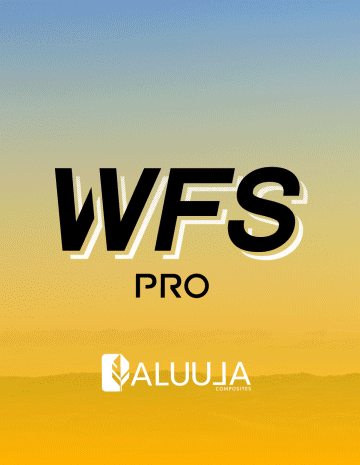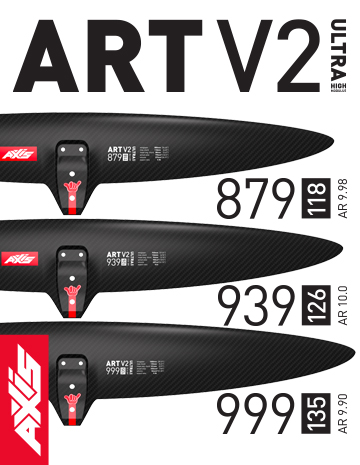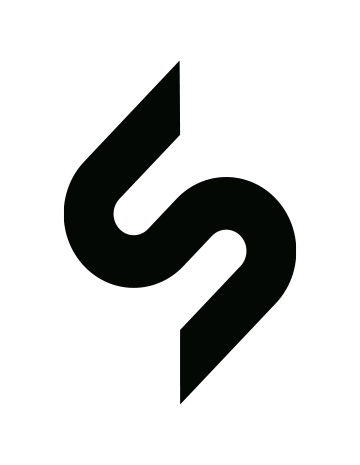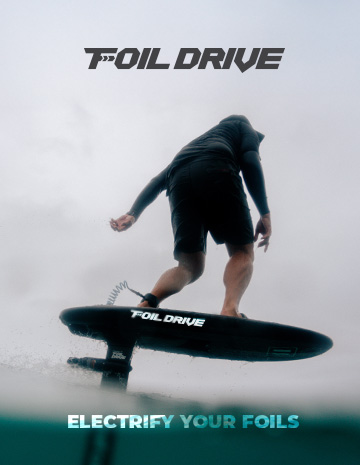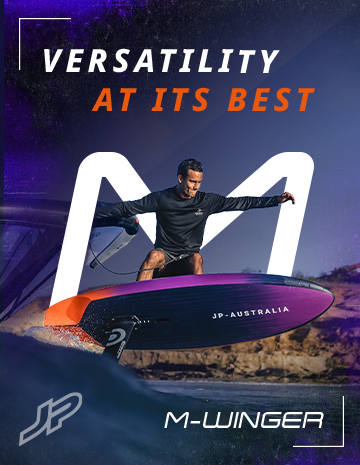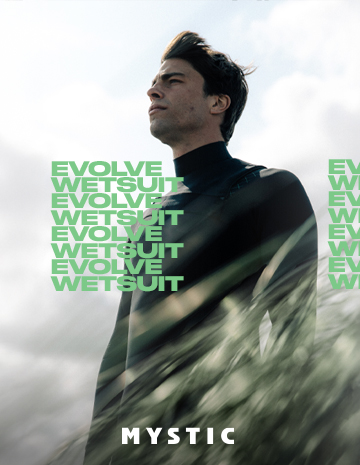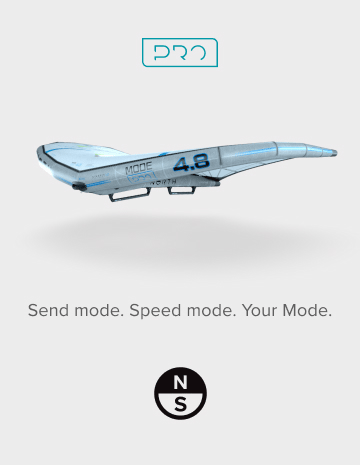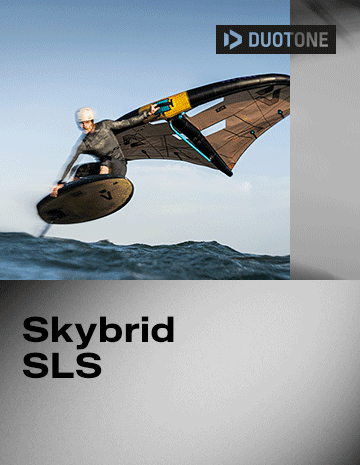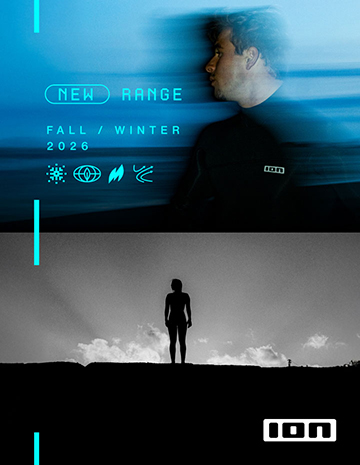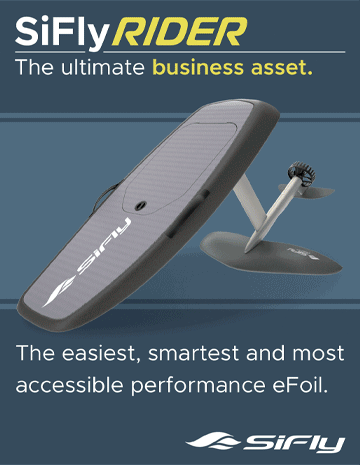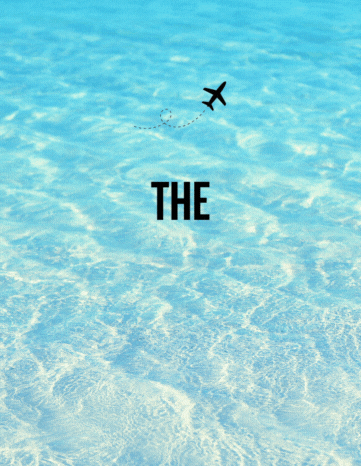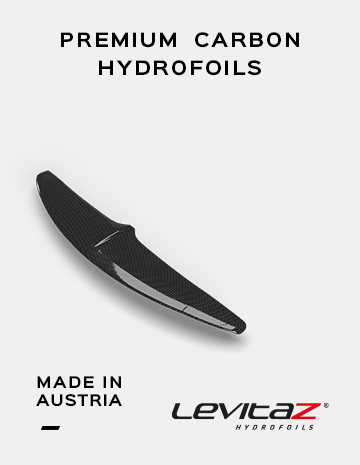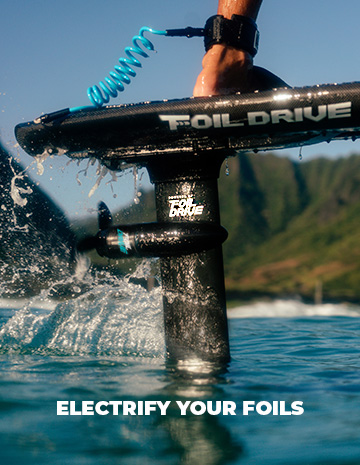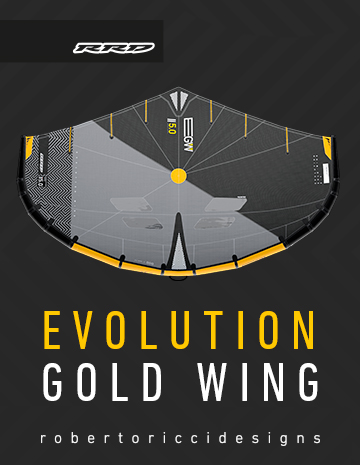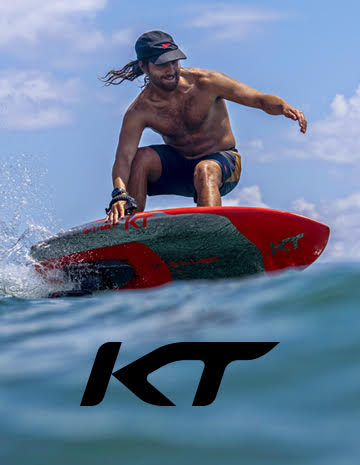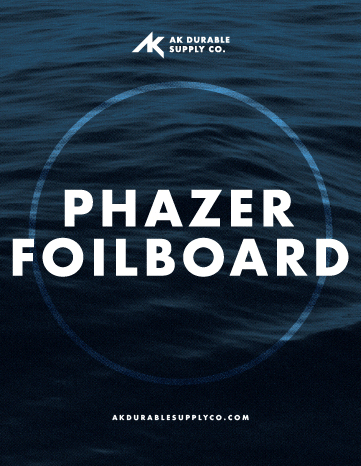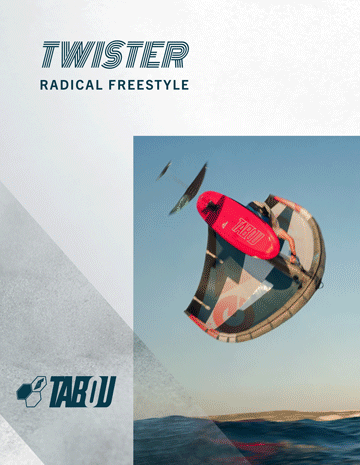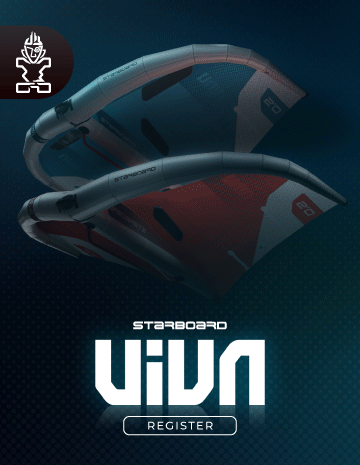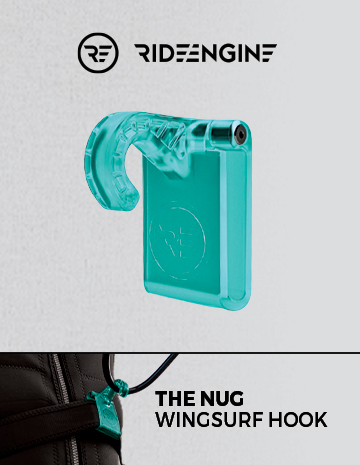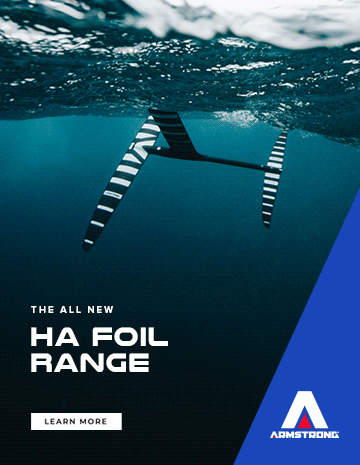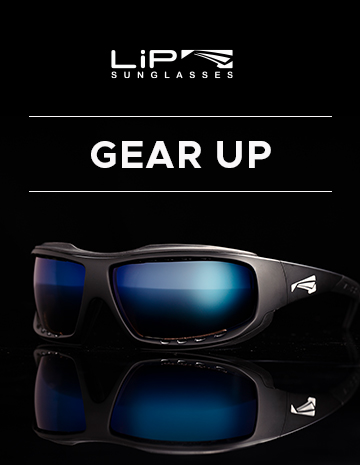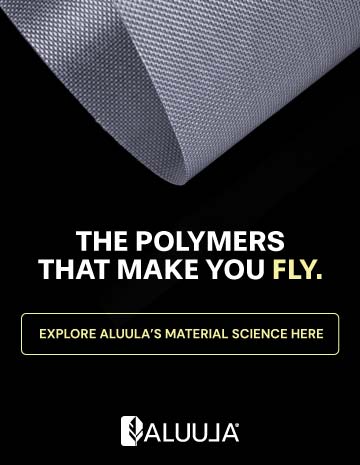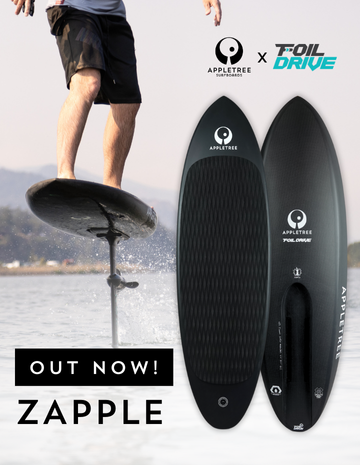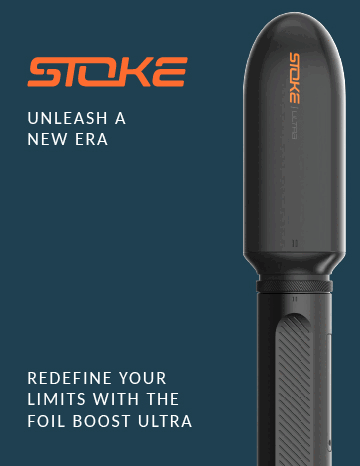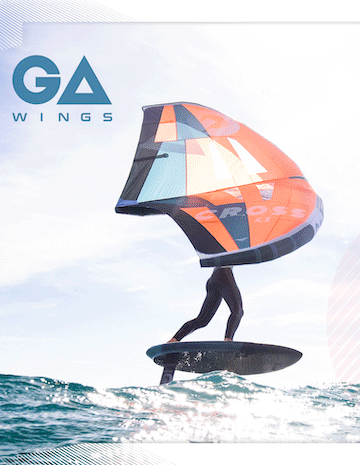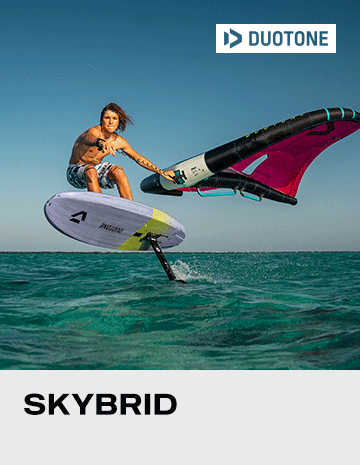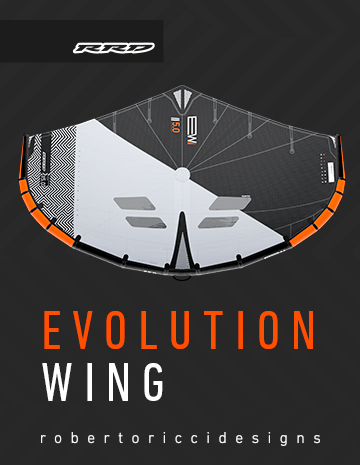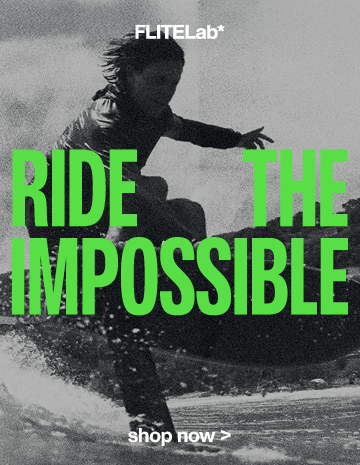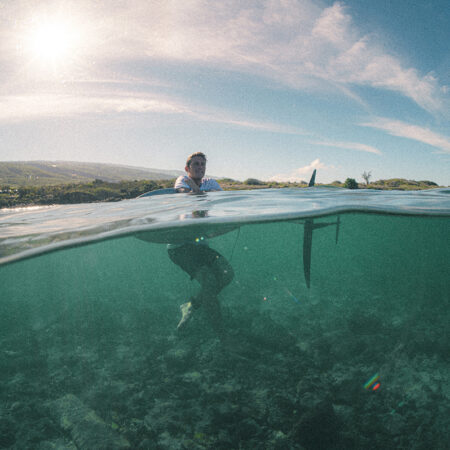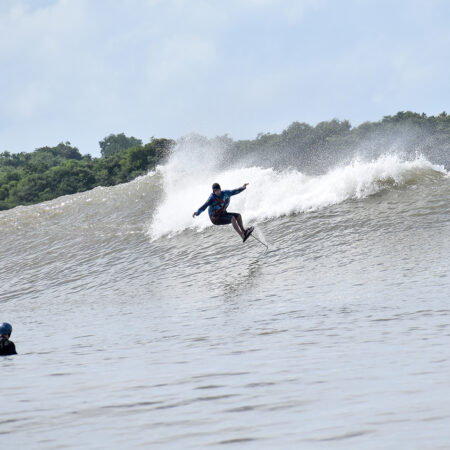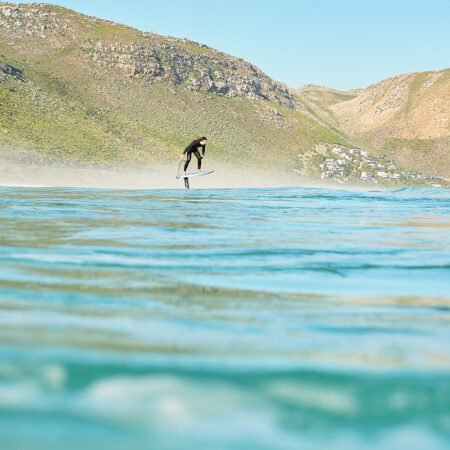WING COMMANDER: ARMIE ARMSTRONG
To say that Armie Armstrong has a passion for what he does would be a gross understatement – the man lives and breathes foiling, and carries forward a family heritage of design and engineering that has been distilled into the high-performance foils and stripey masts that we see cutting through lineups worldwide today…
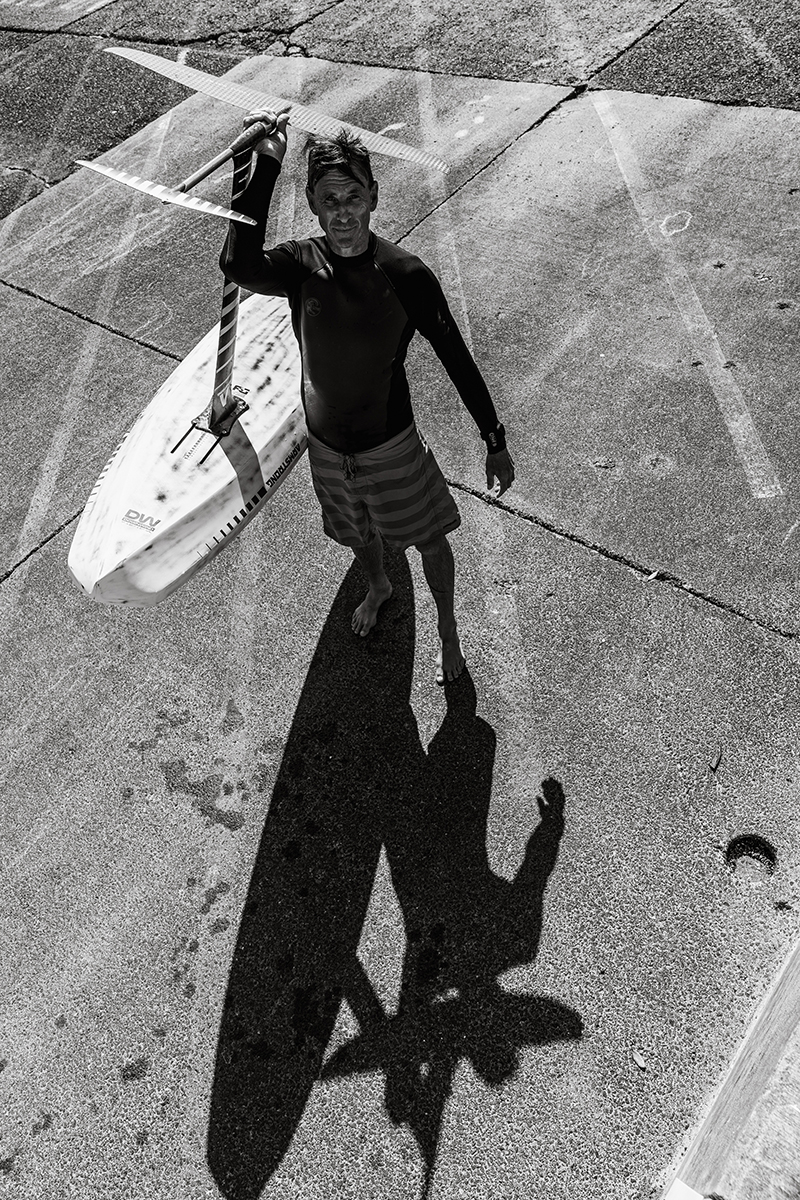
Hey Armie. So right from the beginning, what sparked your interest in foiling? What was your first encounter with it, and how did it develop into you building foils yourself?
I was incredibly lucky to grow up in a keen adventure sailing family in Aotearoa, New Zealand. We always followed the endeavors of kiwi sailors internationally and the epic 2013 America’s Cup was the first time I really became interested in foils. The Kiwis were the first to foil their AC72 here in 2012. I vividly remember seeing Team New Zealand flying gracefully past us up the Waitemata Harbor at mind bending speed – so close to the wind! There was some dark magic at work here! This world class sailing history and associated industry combined with local AC development is probably a key reason why there is such a concentration of top foil brands coming out of New Zealand.
Kite foiling really started to take off at about the same time. As soon as I got my first kite foil rig, I was completely hooked. The way a foil made kiting a proper sailing sport, ridiculous upwind angles and the easy speed through chop meant long jaunts around islands in the Hauraki Gulf were easy and fun. I am a bit of a gear thrasher, and unfortunately broke my kite foil rig jumping it pretty early on, so was always fixing it, which evolved into improving it. I learnt to use composites from my grandfather (an architect and boat builder) and father, a top NZ architect, who also instilled design concepts from an early age.
I spent a few years competing on race and SUP surf boards I made at home in New Zealand. These custom boards were the first Armstrong boards, the Armstrong family crest as the original logo. Around 2015 I made a big SUP foil setup from the bits and pieces of leftover broken kite foils and was having a ball in small surf. Near the end of 2015 I had an idea to try to make a complete foil system that was much more robust, based on some yacht engineering. I got together with a good friend Rob Whittall (long time legend in kite, wing and paraglider design) and we started. We didn’t realise it would be such a long and involved (albeit exciting) process to make a strong unique foil system with the best materials available on the planet.
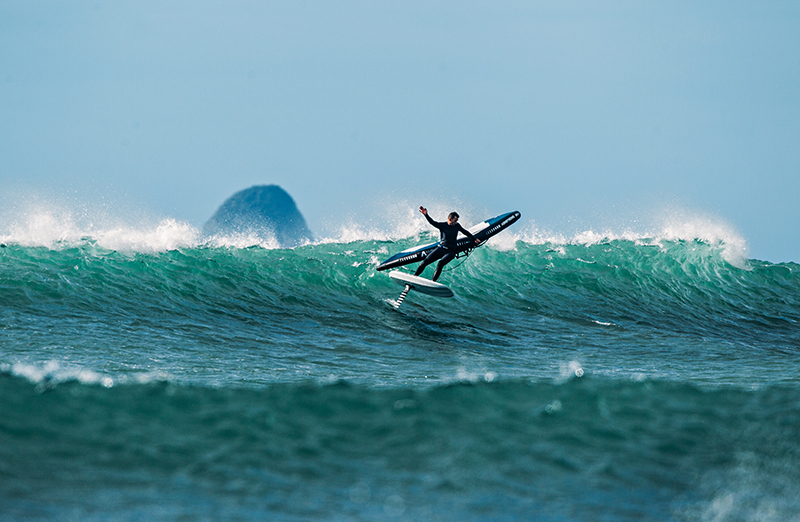
Tell us about your process when coming to designing a new foil. Does it start from customer demand? Or do you spot gaps in the sport that need to be filled?
The main driver is always trying to make a better foil than we previously achieved. One key challenge now is that foiling is so diverse. With so many awesome ways to foil plus such a wide range of abilities, no one foil will do it all. This process is extremely inspiring as there are always new ideas to consider, nuances to learn and gains to be made, whether it is in handling, speed range, efficiency, or myriad other factors. Mostly we are trying to design clear ranges of foils, so that there are good choices for all rider sizes and levels, in all the foil sports that we love.
The process itself starts with trying to define a clear purpose for the foil, then determine the key parameters and attributes for that purpose. Using all that’s been learned to date, we try to distill the primary numbers and make a start on the new foil. Then the time-consuming prototyping process begins. We adjust each parameter one by one on sequential prototypes, testing all the time in as many conditions as possible, to make the necessary decisions to move the design forward. There is always a tradeoff between the key parameters, especially handling/maneuverability vs speed range/glide.
We are very lucky now as we have access to some of the world’s top fluid dynamics experts to consult on key elements, like foil sections etc. This is a massive gain as we can rely on people way smarter than us to point the spotlight and narrow down the development window. Then it all still comes down to testing and how the foil feels to ride. Test, tweak, test, tweak, test, tweak… I love my job!
Since Armstrong first started out, what would you highlight as the key developments in the foil industry?
There are so many! Where to start… Kite foiling, downwind foiling pioneered by Kai Lenny was a massive driver for our early foiling passion, pumping around in surf (also pioneered by Kai), boards getting stiffer, stronger, smaller and more foil specific. Perhaps most importantly the development of light weight hand wings… That has simply opened up foiling to so many more people. Foils and personal hand wings are a perfect match, made in a tropical blue lagoon paradise!
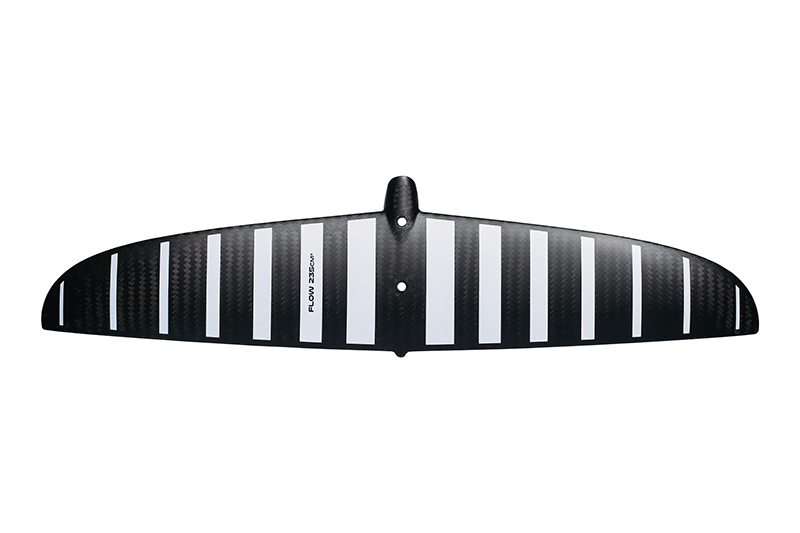
Armstrong's recently released Flow 235 and Surf 205 tail wings.
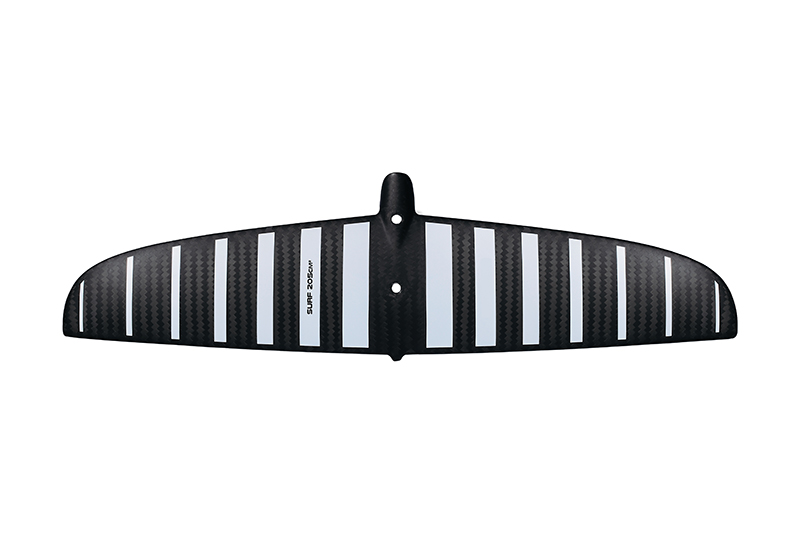
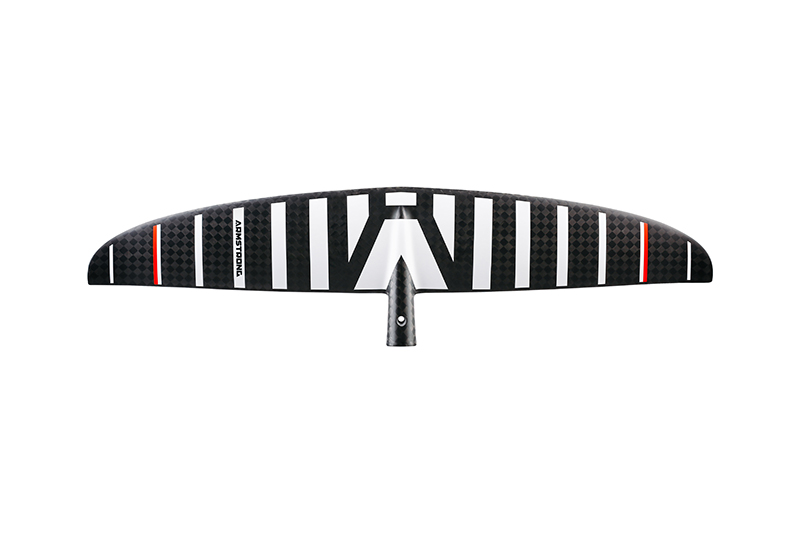
The Armstrong MA800 wing. A high performance wing that's a popular option amongst the majority of the Armstrong team.
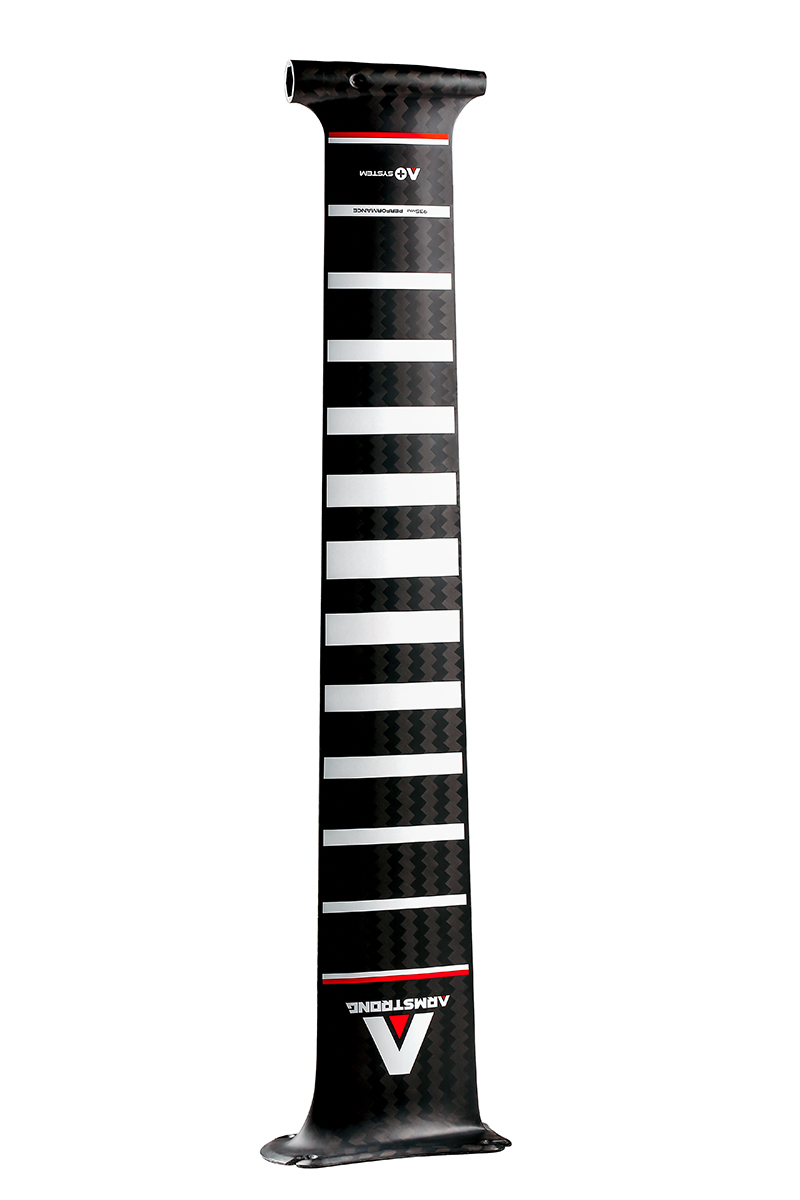
Armstrong 935 Performance Mast from the new Performance range, released late last fall.

Armstrong's new DW SUP foil board
How did you land on the striped graphic pattern?
As a kid, Jacques Cousteau was a hero of mine, and we would watch his documentaries. I remember seeing them testing striped baited targets. The sharks were deterred by the horizontal striped patterns covering the entire target. Possibly something to do with the shark not being able to identify the object. I thought that was really cool. There is also some more recent study on this behavior, so I decided we would cover the foils with stripes. While finalizing our first production foils, I met a talented Colombian visual artist, Juliana Duran, who I explained the shark stripe theory to. She carefully drew up our unique double tapered stripe pattern on a foil system mockup. It is both an effective deterrent and looks amazing. The rest is history and it seems to have struck a chord…
What’s been your proudest moment in terms of foil design?
Probably the most intense development stage was coming up with the stable, easy to ride, low speed foil I hand made in my father’s boatshed in 2015, before I had seen anything like it. This early prototype was re-shaped many times. Eventually we scanned it, and ultimately it became our first production foil, the CF1600, that Kai pumped for a few waves and went viral in a WSL video. This was a start from scratch process, ultimately delivering a totally unique foil system to be used across several generations of foils, with thinner and very different geometries, all on the same system. Of course, we could never have grown to meet the exploding foil enthusiasm without meeting our amazing supply chain partners based in the global tech hub of Shenzhen. This incredibly hard-working team have pushed day and night to elevate our product quality, stability and materials.
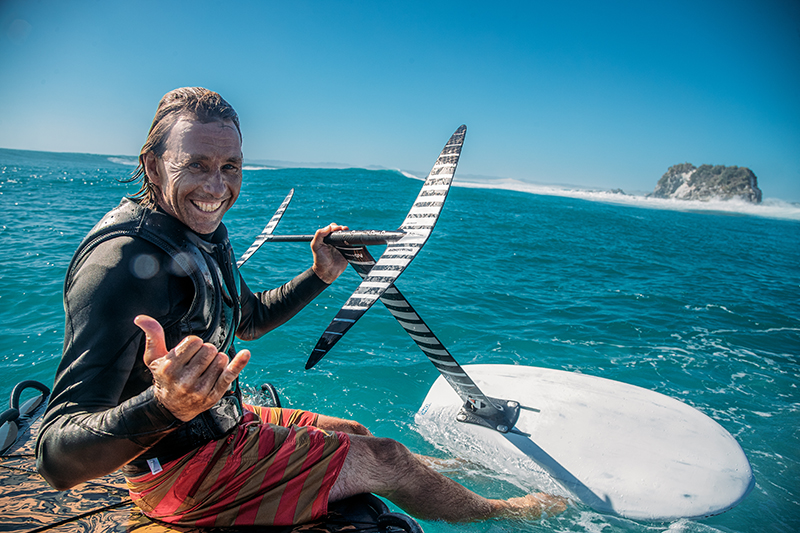
You’ve completed a lot of global foil challenges yourself. What’s been the highlight of those?
The standout highlight for me was the 2017 Napali race on Kauai. It is such a mind-blowing coastline, with epic conditions in one of my favourite places on the planet. I was racing the top paddlers in SUP at their peak, passing Travis and T2 just off Kalalau Beach, before the wind swung 180, leaving me paddling prone for the last three miles. I 100% knew then, that foiling was just starting to scratch the surface and couldn’t be happier being fully committed to ride this wave.
Why do you think it’s taken so long for downwind foiling to make it mainstream and how do you predict uptake will be in the long term?
For great downwind on any craft, there are only a few places in the world that provide exceptional conditions. Another factor is probably that gear development is only just making this easy enough for more people to experience DW foiling in non-perfect DW conditions. Now that the new boards and foils make getting going on foil so much easier, I think this will grow pretty quickly to become a great part of the sport. There will be some impressive adventures achieved for sure. The latest DW boards also happen to be a blast for light wind winging without the need for massive light wind wings.
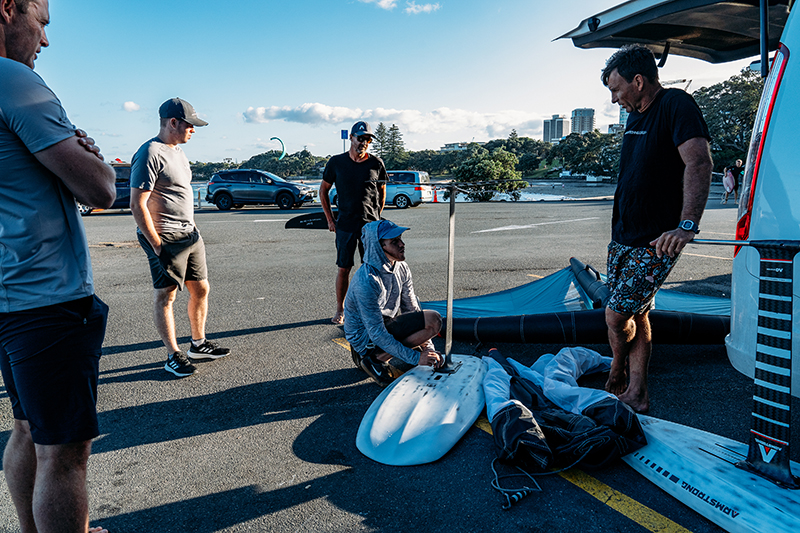
Will Armstrong develop a DW-specific foil?
Effectively this has already been in development with the bigger MA foils coming soon, and an all-new pump foil range to be released later this year for small conditions and max pump and glide.
Tell us a little more about your involvement with sailing, and how you came to know the AC crew…
I was introduced to Jimmy Spithill a few years ago. He was really keen to try our foils for kite, surf and tow so I flew to Sydney to go for a foil session and show him some of our gear. He loved it right away and has been a big supporter of mine ever since. He is such an inspiring, driven and talented individual that I could no longer even hold a grudge against him for hammering us in the 2013 America’s Cup
Jo Aleh is a top Kiwi sailing athlete. She had been ripping on our foils for a while, which I think led to some of the Team NZ crew wanting some of our foil gear and reaching out to us. That led on to meeting Blair Tuke and Pete Burling. These guys are the leaders of the sailing team at Team NZ and are clearly at the top of their game. During the buildup to the latest AC in Aotearoa, NZ, we started to have some epic downwind tow foil sessions in the harbor, when it was too windy for them to sail. We then started having some fun dawn foil missions to the surf. I worked hard to feed this new addiction, as it was pretty obvious that getting honest feedback from such high-level expert athletes would be a great thing.
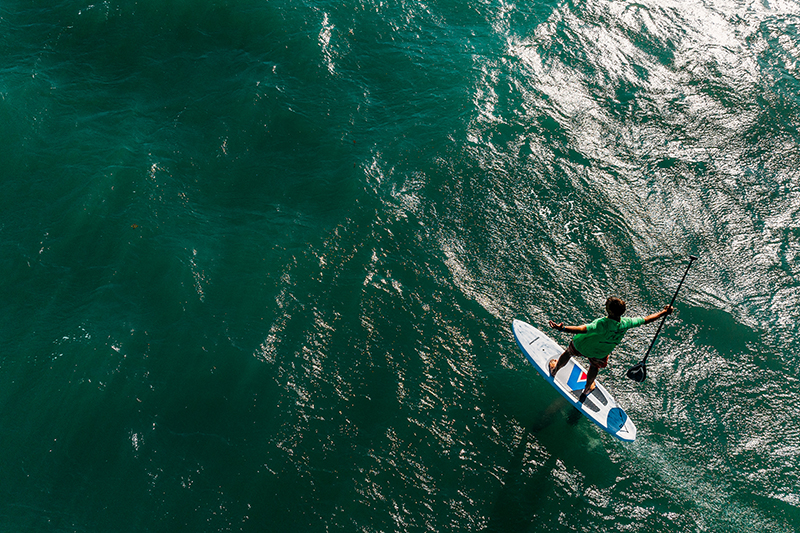
From your current range, what’s your absolute favorite foil and why? Which would you take to the proverbial desert island?
MA1000 or MA1225 depending on what sort of wind and waves that island could expect. These two have the most range of any of our foils for the widest set of conditions and foil sports. Either can make a great one-foil travel quiver for wing, surf, tow, SUP. The 1000 for more surf-oriented riding or smaller riders and the 1225 more for light wind wing small wave ripping or slightly bigger boards/riders. These foils just turn so sweetly and land airs with epic pop directly back to foil. They are just a blast to ride! I’d also 100% take our upcoming pump fuselage, as this further increases the range of the foils for maximum use.
Where’s the Armstrong base of operations right now, and what foiling disciplines and sort of conditions are your favorite for testing?
Mostly in New Zealand for the last two to three years. I test in all conditions as that is necessary, and we’re really lucky to get very different conditions here every day. I do prefer cross-off wave riding with the wing in Taranaki or tow-in foiling mile long breaks at either Muriwai or Raglan Bar when its clean and pumping 3-6 foot west coast ground swell. Then there are downwind missions in the Hauraki Gulf on the new boards… so much to do, so little time!
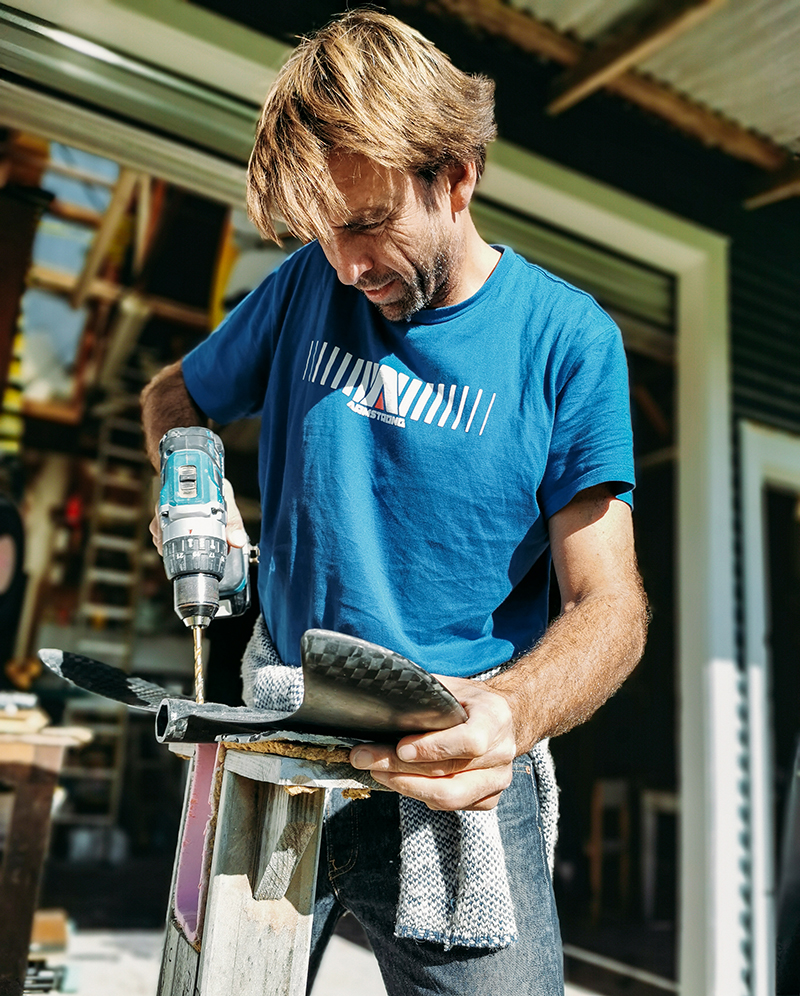
Finally Armie, where do you see the future of foil sports heading now and in the long term?
It’s still so fresh and exciting! There is so much more to learn. I think foils will simply get better and better for each foil sport. Rippers like Oskar Johansson will push more insane sessions like his multi-hour pumpathon on the HA1325 paired with a crisp low speed pump stabilizer. Meanwhile, normal humans like myself will benefit through the sublime beauty of riding foils that make the sport smoother, easier, more intuitive and just more fun!


